The Newborn lamb, 1886
etching after Jean-François Millet, 1st state of 7 (Beraldi 786, vol. XIII, supplement to the catalog of Bracquemond prints)
on Holland paper
full margins: 497 x 367 mm
Signed in pen “Bracquemond” lower right
mention in the margin, under the composition “...in progress for the proprietor / G. Petit Paris”
Collector’s mark lower right: Alfred Barrion (1842-1903, Lugt 76), stamped in blue ink :
https://www.marquesdecollections.fr/FtDetail/a14597aa-e254-4741-9ea9-3d7a833735e7
Provenance: lot n°163 of the Alfred Barrion sale, May 25, 1904, Hôtel Drouot, Paris “The Newborn, after JF Millet (B.786), very fine ep. of the 1st state, on Holland paper, signed”, sold for 64 francs; private collection, France.
Exhibition: “Estampes de Félix Bracquemond”, February-July 1897, no. 104
Good general condition
Framed, under glass
Dimensions with frame: 55 x 42 cm
* **
When
one of the most talented engravers of 19th century France works on
the interpretation of a pastel by Jean-François Millet, the result
is a print remarkable as much for the clarity of the line as for its
fidelity to the Realist aesthetic.
As we research to situate
this work both in its time and in the career of its author, it is in
the finest institutions that we find information to complete the
study : the Museum of Fine Arts in Boston holds Millet's original
pastel, the British Museum holds the only other known proof of the
first state, and the Fondation Custodia sheds light on our research
on the eminent collector that was Alfred Barrion.
The only other known impression of the 1st state, kept at the British Museum, was acquired immediately by Campbell Dodgson (1867-1948, Curator of Prints at the BM), in 1927, from the artist's son, Pierre Bracquemond. Here is a link to the complete museum entry : https://www.britishmuseum.org/collection/object/P_1927-0312-124
The
print presented here has been restored presumably once – near the
apron of the shepherdess – and it has been doubled by another sheet
of paper, to maintain its solidity. The print still conveys a
beautiful overall freshness. A light restoration will be enough to
see again its brilliance and to reveal with precision the contrasts
intended and accomplished by the etcher.
Félix Bracquemond
edited only a very small number of prints of his 1st states. While
the British Museum likely holds the artist's proof from the studio,
our print, bearing Bracquemond's signature in pen, was certainly
intended for sale, and we can imagine that it entered Alfred
Barrion's collection very soon after its creation, as this collector
was always on the lookout for the rarest prints.


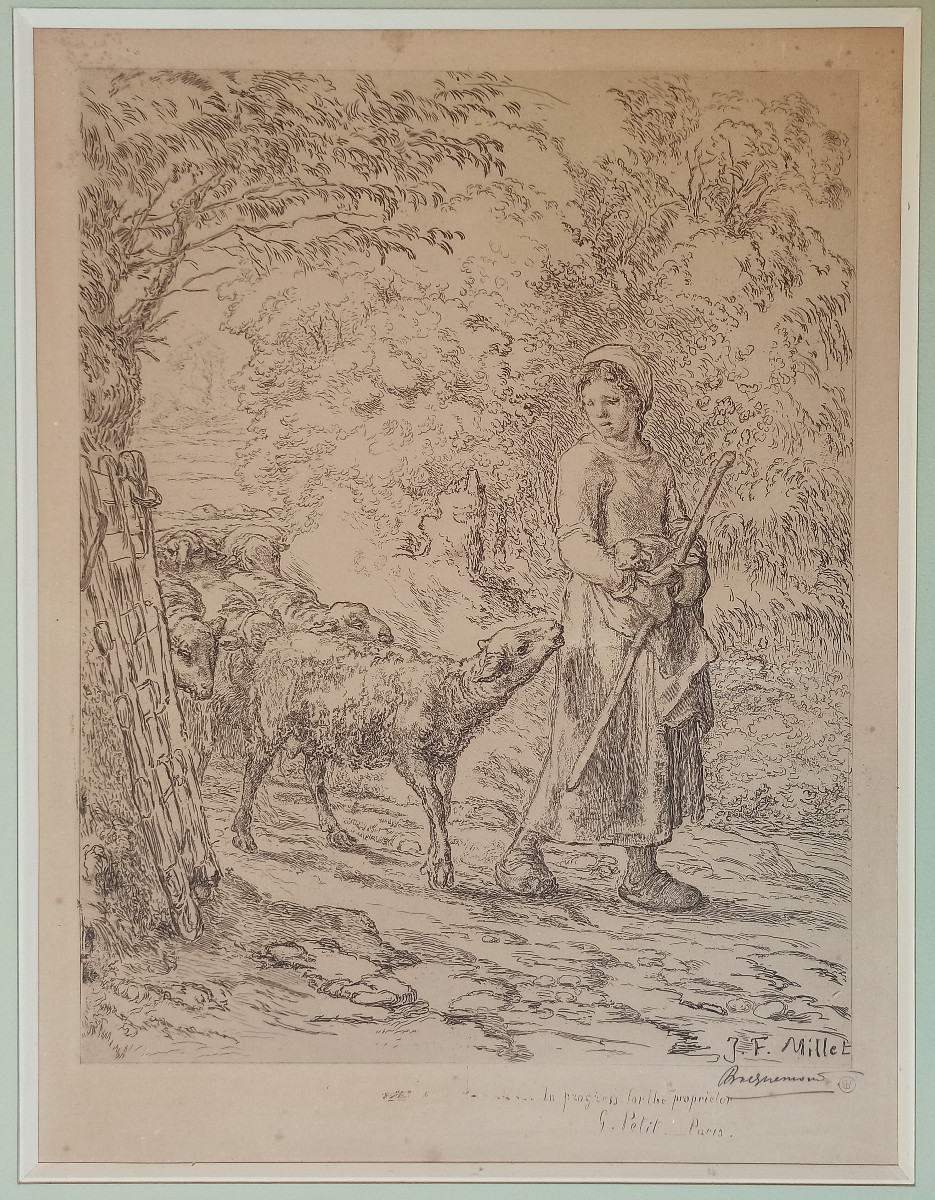
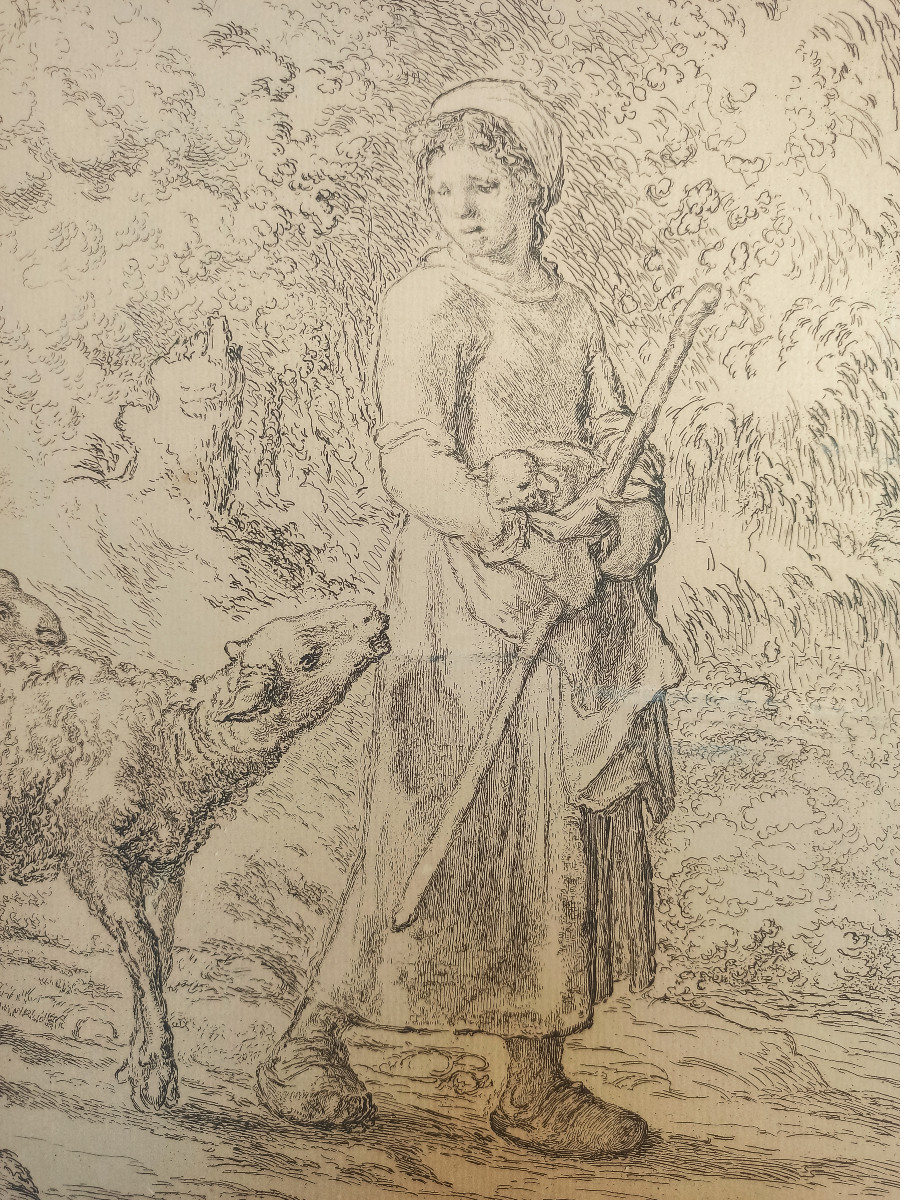
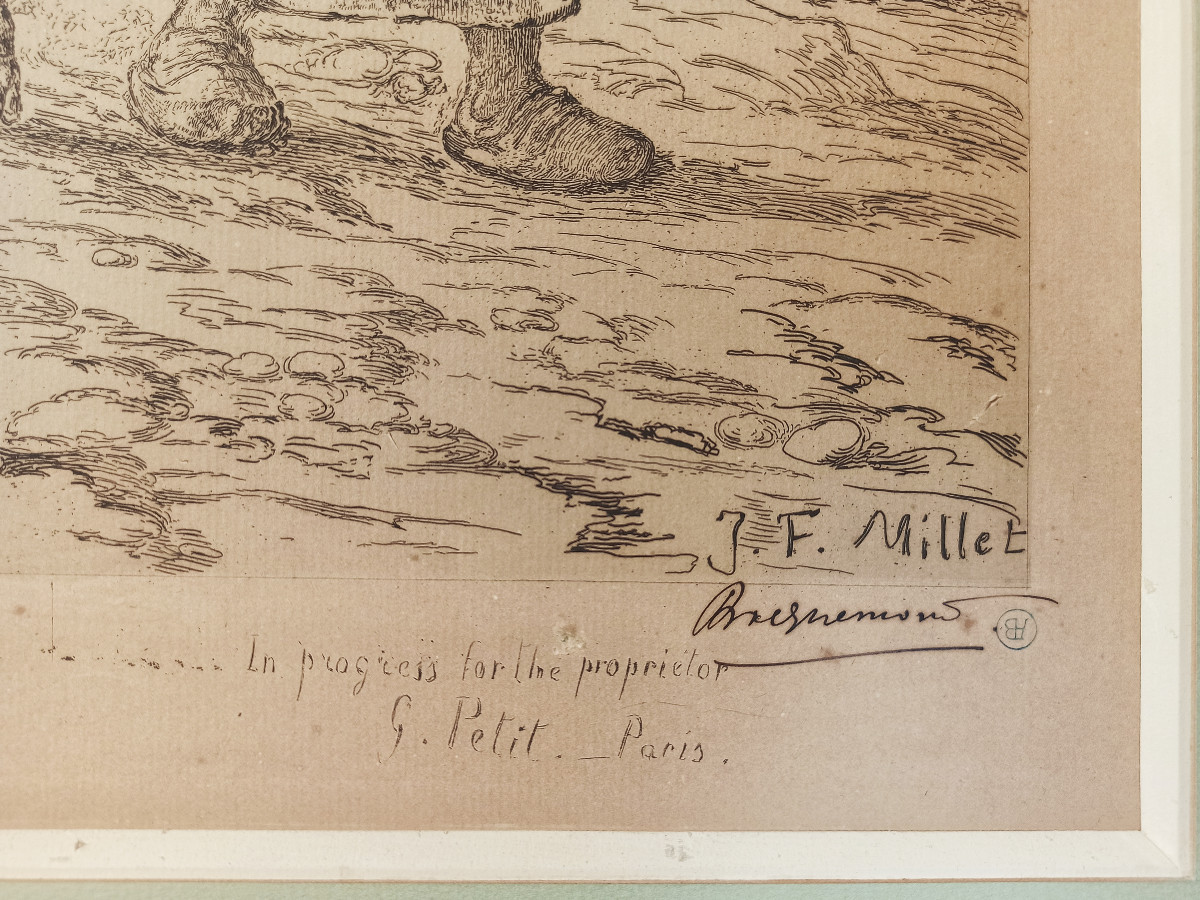



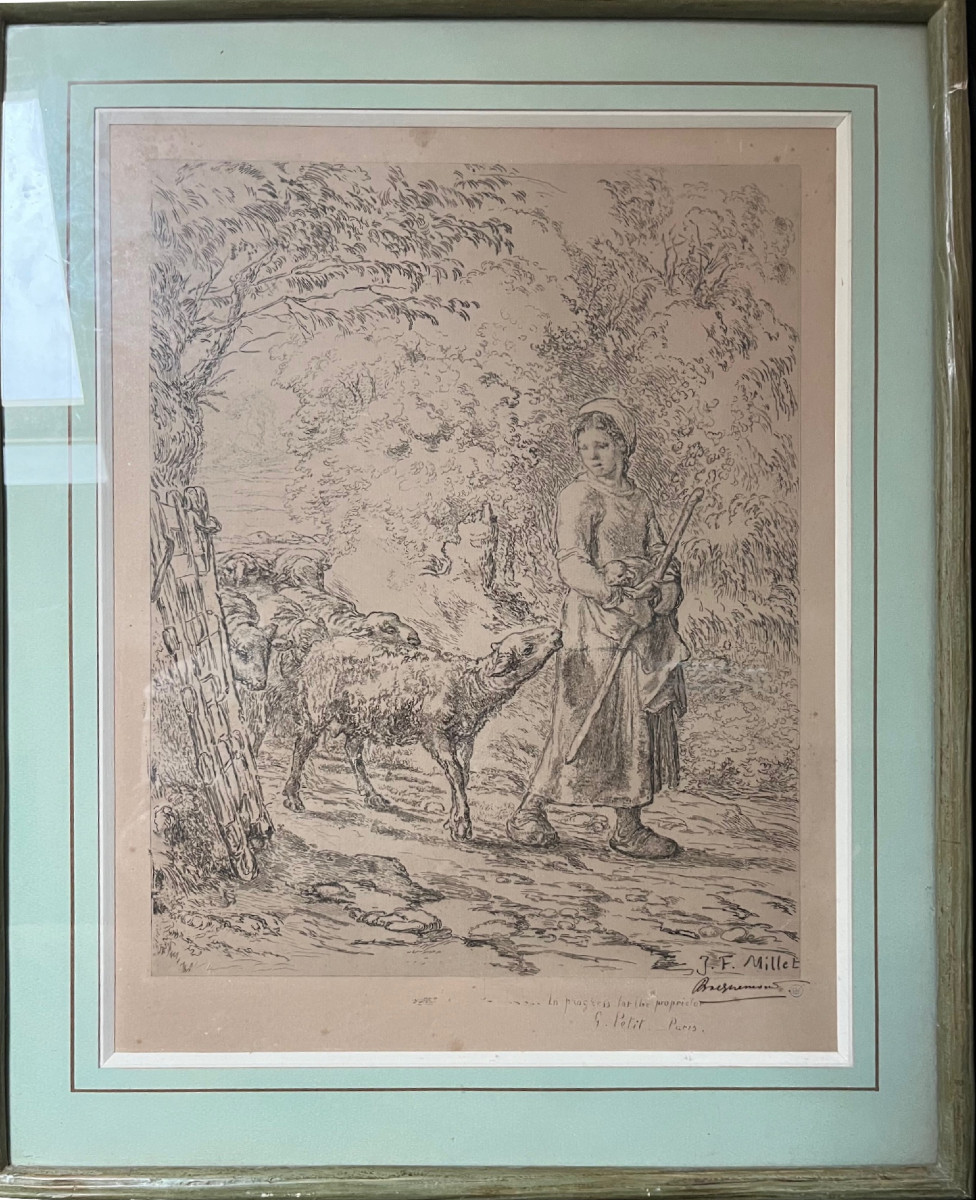








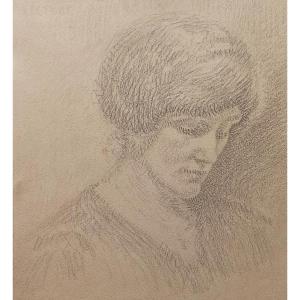

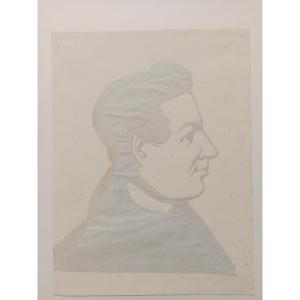
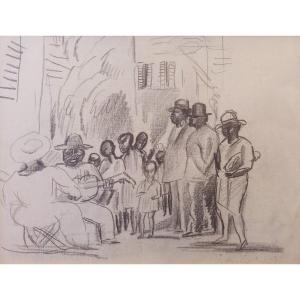


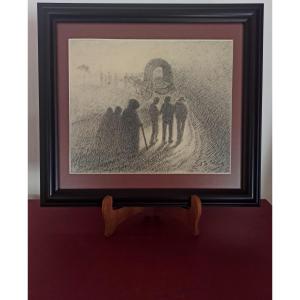
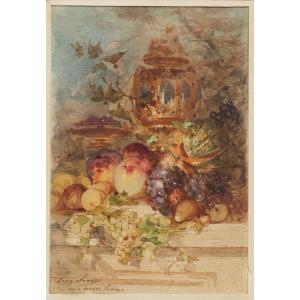
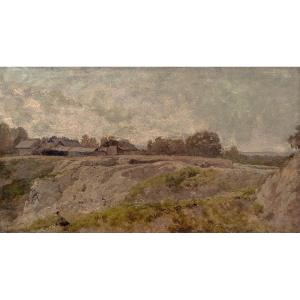
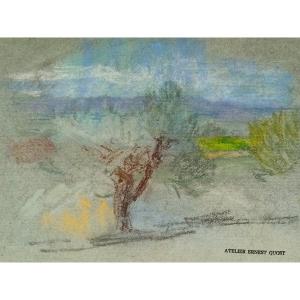

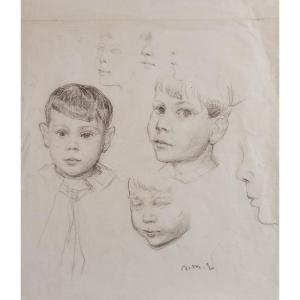

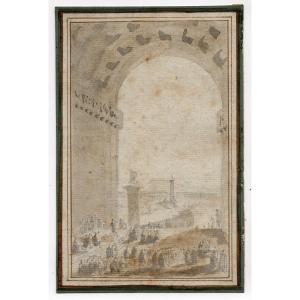
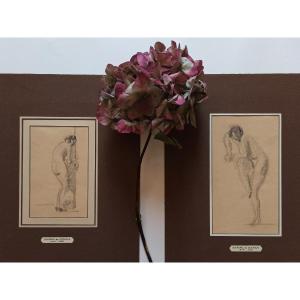



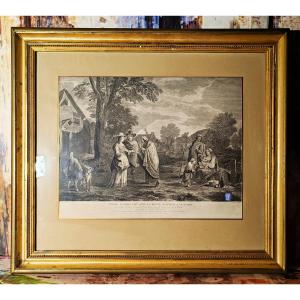
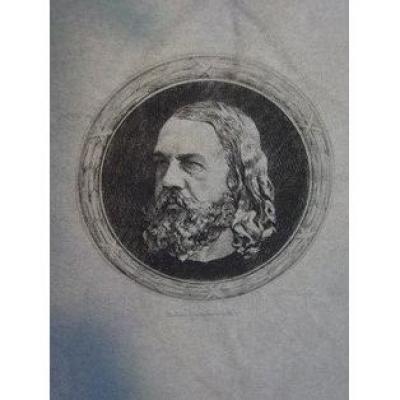



 Le Magazine de PROANTIC
Le Magazine de PROANTIC TRÉSORS Magazine
TRÉSORS Magazine Rivista Artiquariato
Rivista Artiquariato